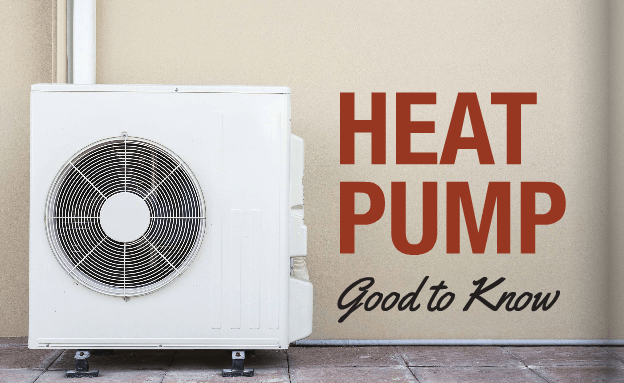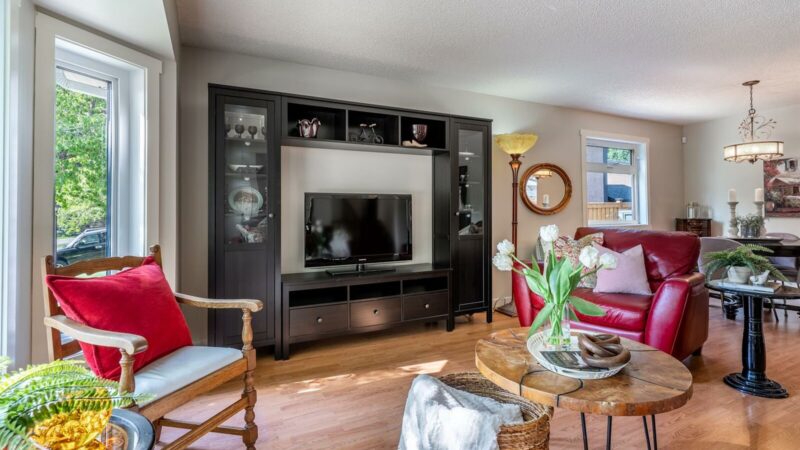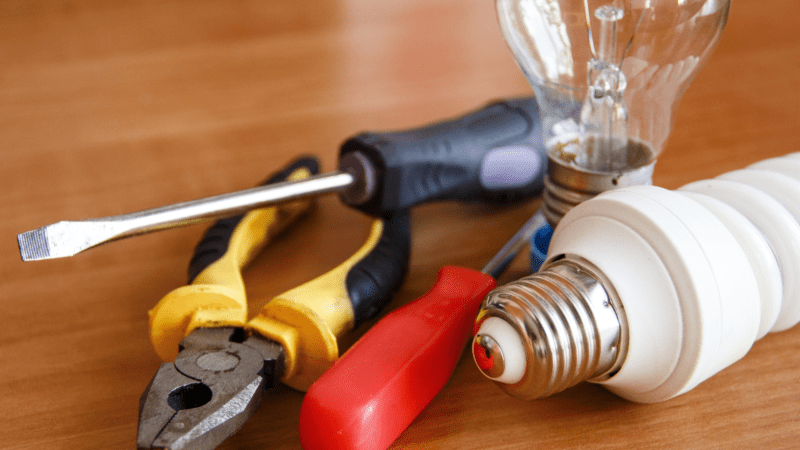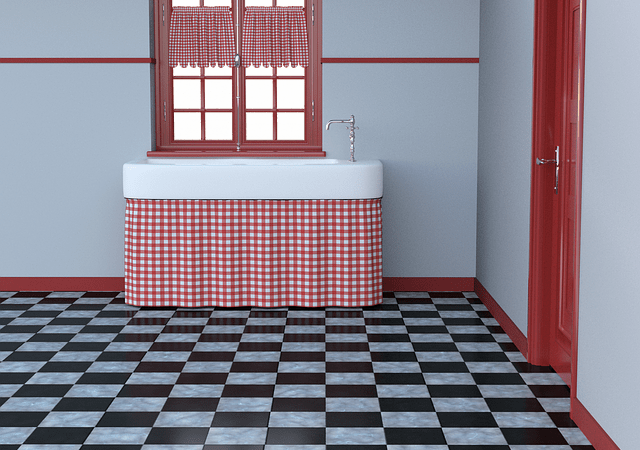Heat Pump – Good to Know

Heat Pump – Good to Know
Did you know a heat pump can reduce your electricity heating bill from between 30% to 40%. Heat pumps function better in cooling than air conditioners as they dehumidify more efficiently.
A heat pump works like a refrigerator using electricity to move heat from a cool to a warm space; the cool space becomes cooler and the warm becomes warmer. In the winter season, heat or thermal energy is moved from the cool outdoors into your warm house, and does the reverse in the summer months. The destination of the thermal heat is known as a “heat sink”.
The typical heat pumps are: air-to-air; air-to-water, geothermal (ground or water source), which means they collect heat from the air, water or ground outside your home and focus it indoors. The air-to-water systems do not provide cooling and are therefore not very common. A bivalent heat pump (an engine that can operate on two different types of fuel) uses a gas or propane fired burner to increase the temperature of the air entering the outdoor coil, which means they can operate at lower outdoor temperatures. Air-source heat pumps can be add-on – all electric or bivalent. Add-on pumps can be used with an additional heat source such as oil, gas or electric furnace.
Ductless mini-split heat pumps are now available in Canada. Wall-mounted, free-air delivery units, these can be installed in up to 8 separate rooms of a house and ideal for retrofit in homes with baseboard heating.
The Energy Star qualified heat pumps help reduce emissions of GHGs and realize energy savings when correctly sized for your home. They provide a level of comfort for your household and family. For more information on heat pumps:
https://www.nrcan.gc.ca/energy/publications/efficiency/heating-heat-pump/6831








